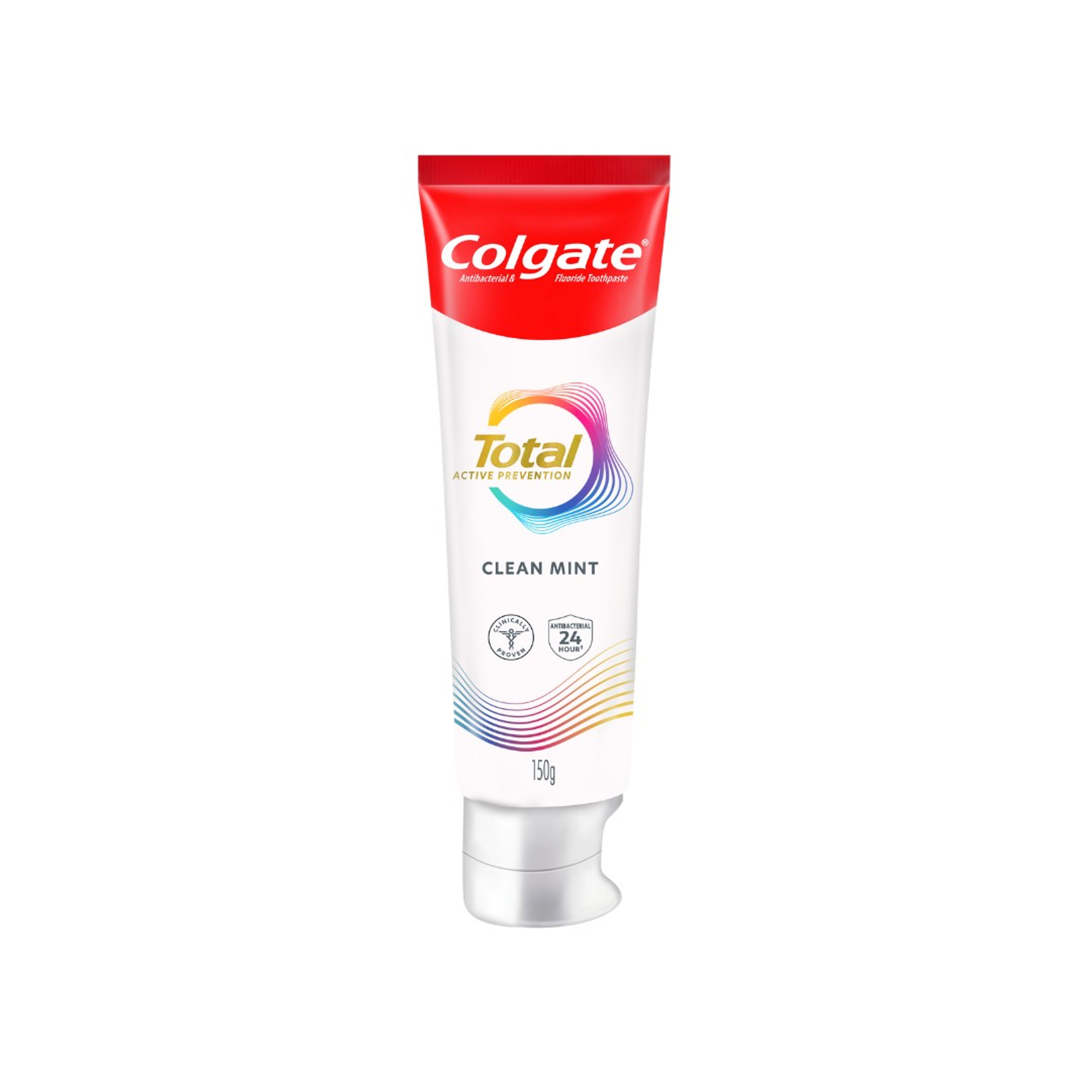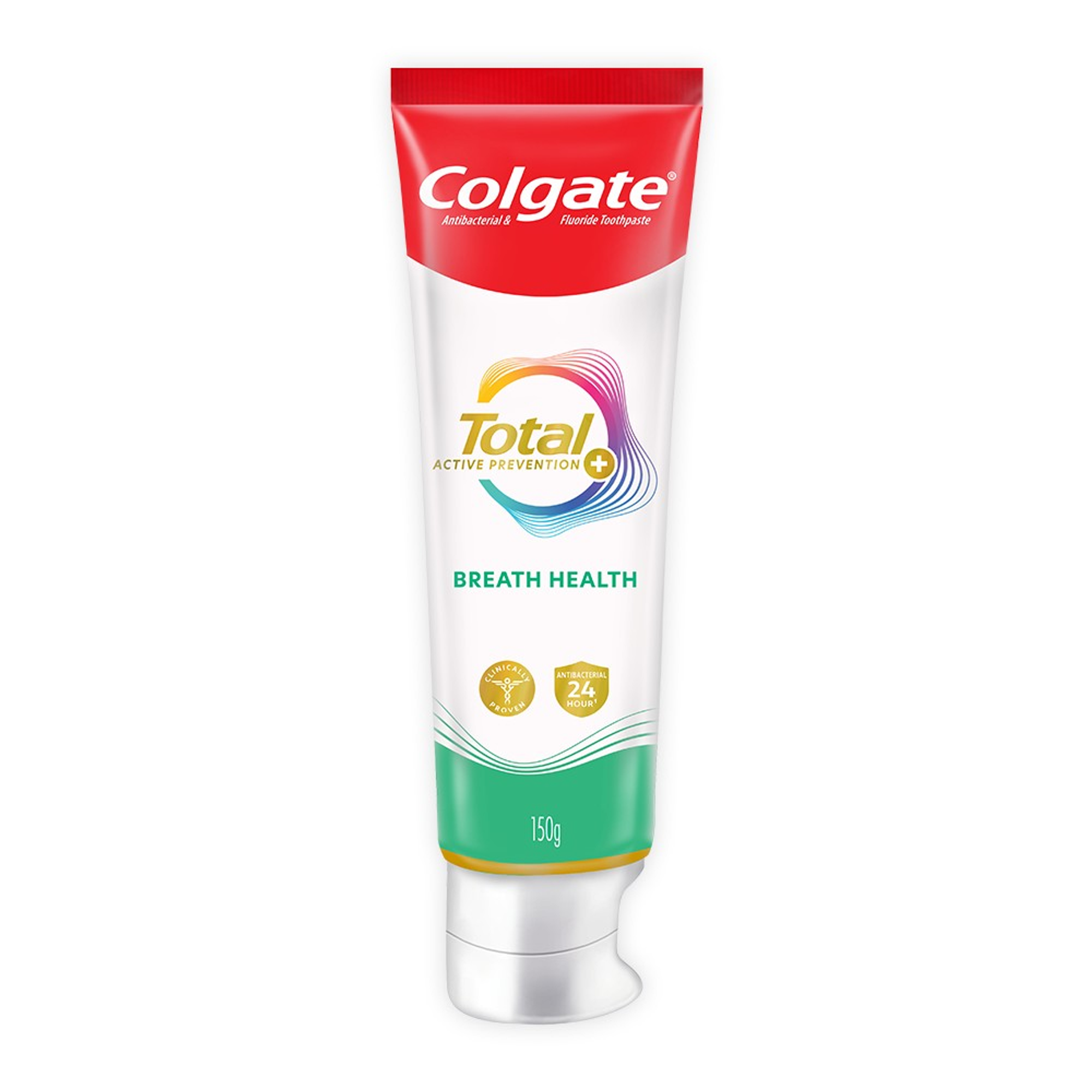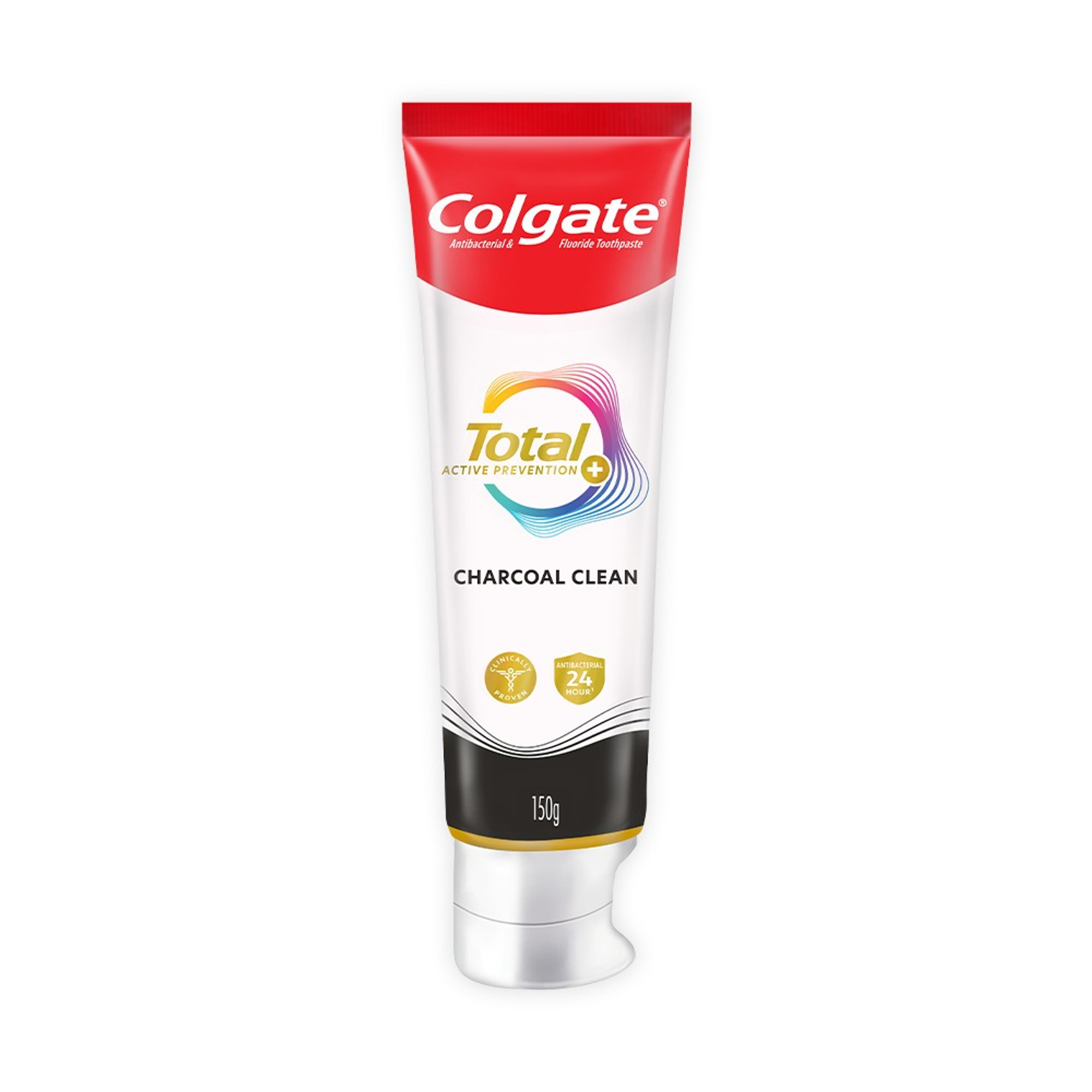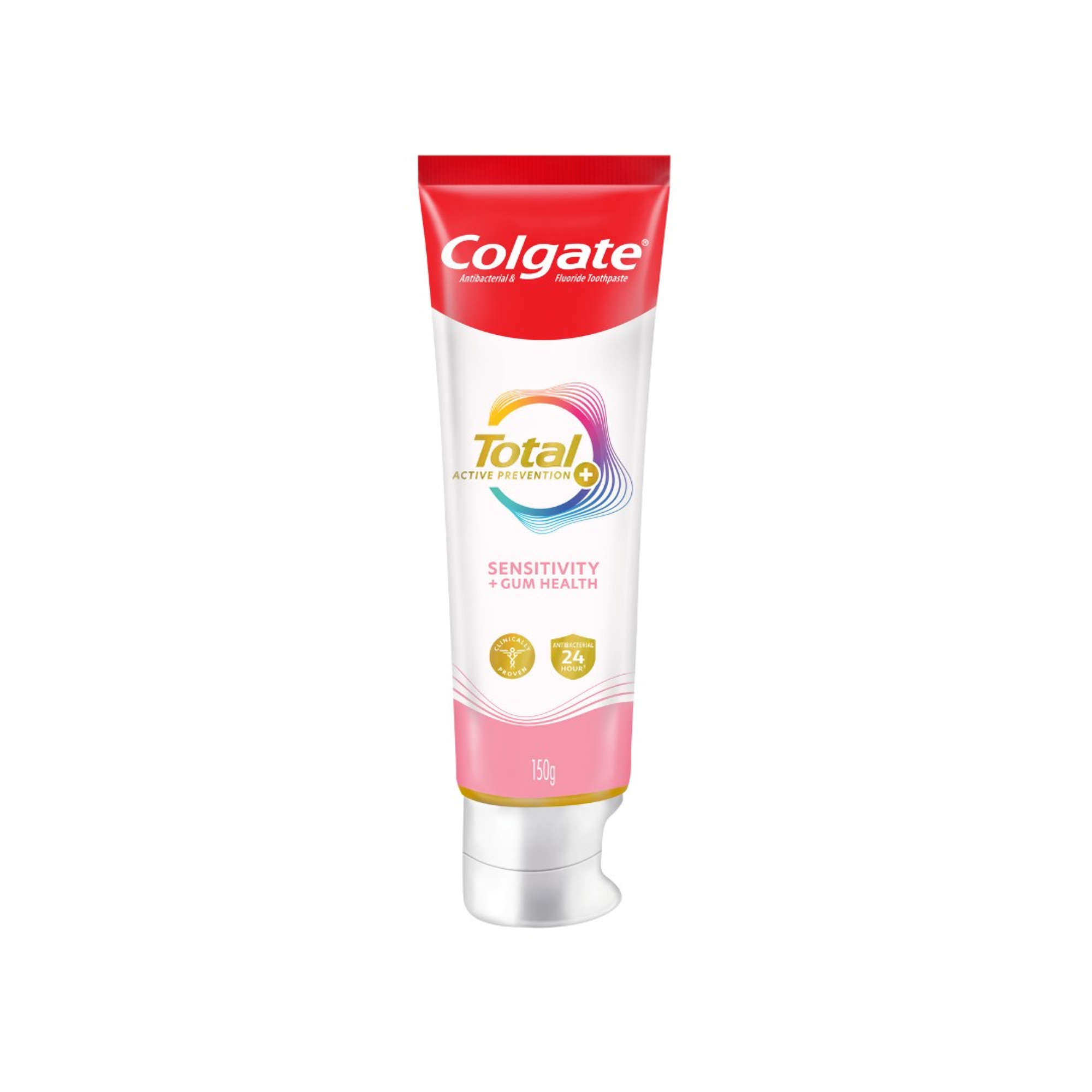Did you know that wearing a retainer can also help improve speech? However, one common challenge is that kids may accidentally throw away their retainers, especially at school. It is not easy to get kids in the habit of wearing and keeping their retainers safe. But understanding the benefits and how to help kids embrace them will make the process less stressful for the whole family and earn you praise from the orthodontist.
What is a Teeth Retainer?
A teeth retainer is a custom-fit device worn after braces are removed to maintain newly aligned positions. While braces do the initial work of straightening crooked teeth, retainers play a critical role in ensuring the results last. They apply gentle constant pressure to prevent teeth from shifting back to their old places after orthodontic treatment.
Clear plastic retainers mould to the shape of the teeth and roof of the mouth, holding everything in position, often while sleeping at night. Over time, teeth settle, requiring less retainer use, but some maintenance wear may be required for years to lock in a bright straight smile.
Retainers help preserve all the time, expense, and effort put into braces, which is the purpose of the retainer. Wearing them as directed is crucial for maximising orthodontic treatment. Beyond just holding teeth in position, retainers also promote good oral hygiene and proper speech development.
How Are Teeth Retainers Fitted?
While general dental professionals and orthodontists can fit retainers, orthodontists, as specialists in tooth alignment are most equipped. They have undergone additional training and possess specialized knowledge in tooth alignment and movement. There are two primary types of retainers:
Removable retainers: They are made of clear plastic that can be easily taken out for cleaning and eating.
Fixed retainers: In contrast, these retainers are bonded directly to the teeth using dental adhesive and cannot be removed by the patient.
Fitting Process for Removable Retainers:
Impression: The dental professional will take an impression of the teeth using a soft, putty-like material. This impression will be used to create a custom-fit retainer.
Fabrication: The impression will be sent to a dental lab where the retainer will be fabricated. This process usually takes a few days.
Fitting appointment: Once the retainer is ready, you will return to the dental office for a fitting appointment to check the fit of the retainer and make any necessary adjustments.
Fitting Process for Fixed Retainers:
Preparation: Cleaning and roughening the teeth where the retainer is to be bonded ensures a better bond
Bonding: The retainer will be bonded to the teeth using dental adhesive.
Checking the bite: The dental professional will check your bite to ensure that the retainer is not interfering with the bite.
Why Wear a Teeth Retainer?
Teeth retainers are mostly used in the final phase of orthodontic treatment. After braces have been removed, teeth can shift back to their original position. Therefore, retainers, worn overnight, and in some cases, longer, can help maintain the new position of straightened teeth achieved through braces.
Chew Away Bacteria
Straighter teeth are easier to clean, reducing plaque buildup, and lowering the risk of cavities. But there are other reasons you may not be aware of. Straight teeth, along with a correct bite, help kids chew their food more effectively.
According to the American Dental Association (ADA), the purpose of orthodontic treatment is to create a healthy bite that makes chewing easier. By chewing better, they get more nutrients from their food. One benefit of being able to chew food thoroughly is an increase in saliva production. And more saliva means more digestive enzymes to cut down on plaque buildup and decrease cavities.
Helps Simplify Diabetes
Wearing retainers properly helps keep teeth aligned, which is important for overall oral health. The International Journal of Dentistry notes that poor oral alignment can contribute to issues like plaque buildup, tooth decay and gum disease. Poor oral health can also worsen diabetes symptoms and management.
Therefore, wearing a retainer on teeth, as directed, along with diligent oral hygiene habits like flossing and brushing, helps mitigate diabetes risks. Retainers, when used consistently and in conjunction with good brushing and flossing, make it easier for diabetics to maintain healthy teeth and gums. In turn, this supports better diabetes control and reduces related health complications.
Improves Breathing
A lesser-known benefit of teeth retainers is their potential to improve breathing, especially during sleep. For some children, poorly aligned teeth or jaw issues like an overbite or underbite can obstruct airways and contribute to breathing problems at night. Custom-designed oral appliances like retainers can reposition the jaw, tongue, soft palate and uvula to keep airways open.
The Consumer Guide to Dentistry states that certain kinds of retainers are used specifically to alleviate snoring, sleep apnea and other breathing irregularities during sleep beyond just straightening teeth. By opening up nasal and throat airways, these functional appliances allow for deeper, uninterrupted breathing. Therefore, retainers can significantly boost respiratory health and oxygen levels for a well-rested, rejuvenating sleep for children. Especially for mouth breathers, retainers can actively improve breathing capacity and quality.
Helps With Speech Impediments
According to KidsHealth, retainers can offer valuable assistance for children facing speech difficulties. These devices help by adjusting tongue placement, enabling clearer pronunciation and articulation of sounds as children develop their vocabulary. This can be particularly beneficial for those struggling with specific sounds like lisps or whistles.
Additionally, retainers can improve overall speech clarity by preventing the tongue from interfering with the teeth during speaking. If you suspect your child might benefit from retainers for speech improvement, consulting their dental professional is crucial to determine the best course of action.
Getting in The Habit of Wearing a Retainer
Understand that the time it takes to form a new habit varies for everyone, so making it enjoyable for your kids can enhance the process. Here are some tips for developing the habit of wearing a retainer and avoiding misplacement:
Pick up a bigger carrying case and keep the retainer case in the bigger one. Whether it's a bag with your child's favourite action hero or a purse that's their favourite colour, kids are less likely to forget a big bag over a small, plastic case.
Write a note and put it in your child's retainer case. It can be fun for kids to read and the note acts as a reminder for them to put their retainer away.
Just like keys, keep the retainer case in the same spot. A brightly coloured case is less likely to be overlooked or misplaced during a busy time of day.
Kids may have outgrown the tooth fairy, but the fun of waking up to small gifts under their pillow for wearing their retainer the whole night in the first week never hurts.
Ensuring that your kids consistently wear a teeth retainer correctly and for long term can be challenging. However, over time, it will become a seamless part of their daily routine – much like the compliments they'll receive for maintaining their smiles well.














